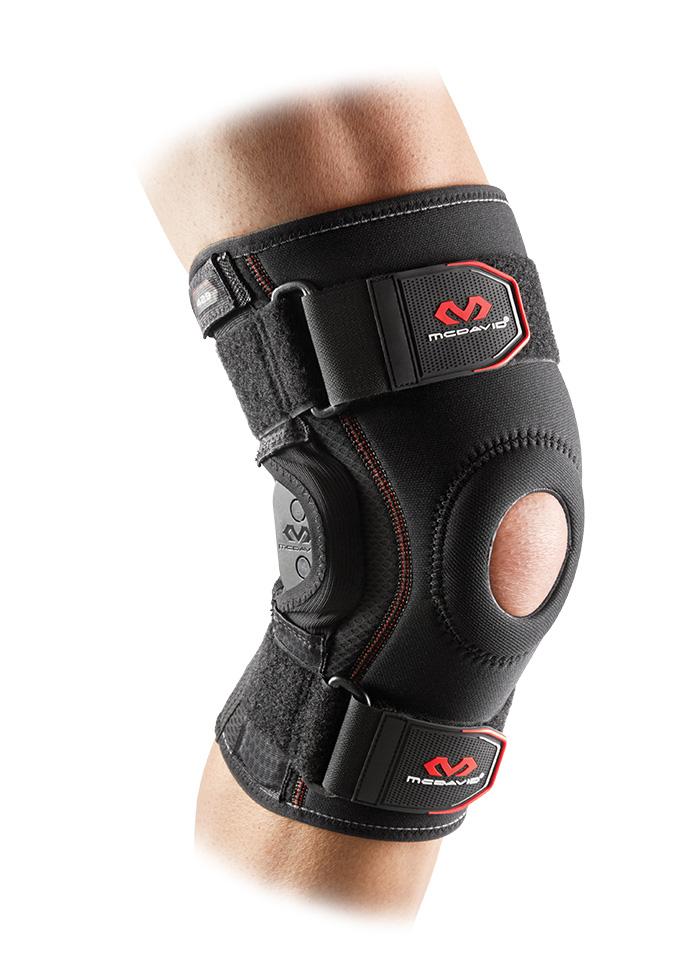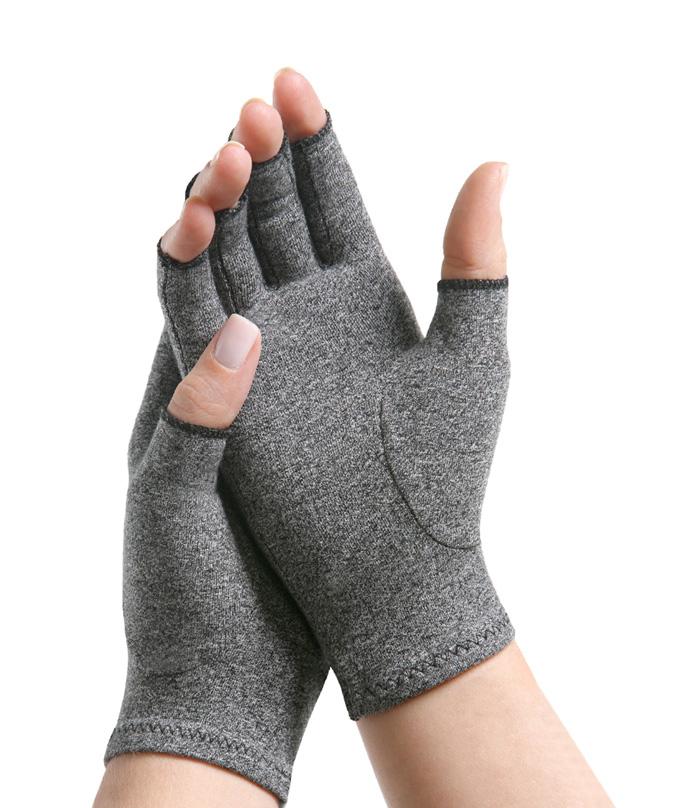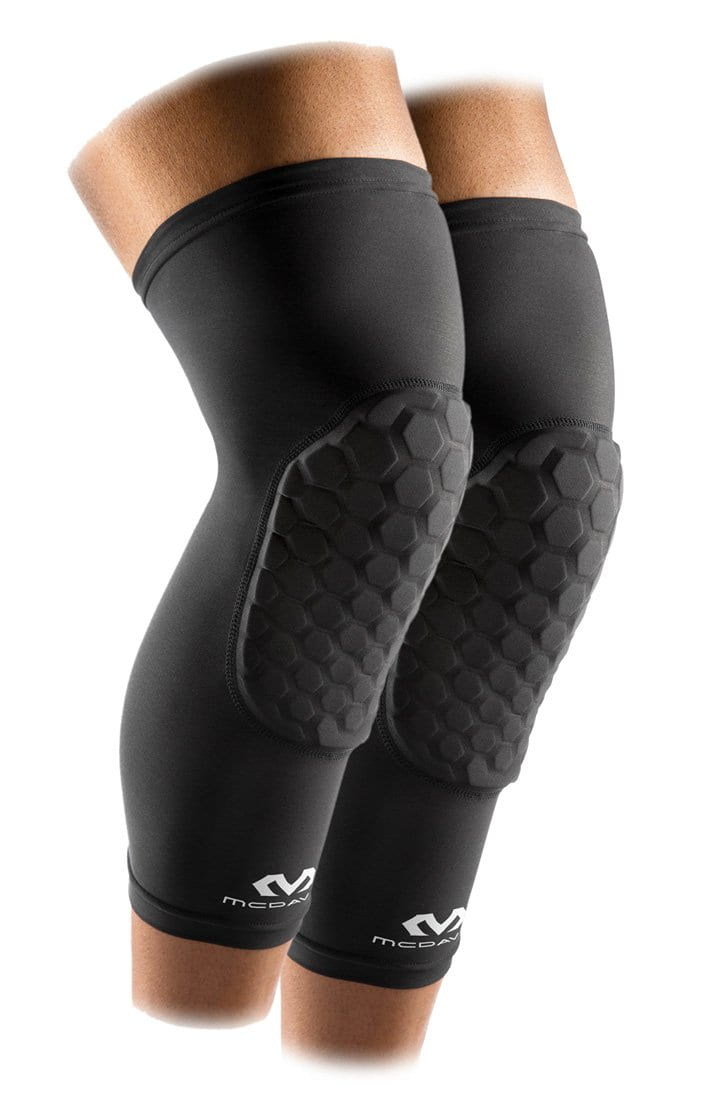Groin Strain Injury: Causes, Symptoms & Treatment Options
A groin strain is a common injury which involves the tearing of the adductor muscles, located in the inner aspect of the thigh. The adductor muscles originate from the pelvis and they enter the femur and the bones in the lower legs. There are five adductor muscles, of which the adductor pectineus, brevis, and longus are the short adductor muscles that start from the pelvis and insert into the femur and the long adductor muscles, adductor gracilis and magnus, which go from pelvis to knee.
The groin muscles play a key role in stabilizing the pelvis allowing the leg movements to the body’s midline. Your groin muscles are usually active while you run, particularly as you change direction and during kicking motions.
When your groin muscles contract, they are placed under a certain amount of tension, which when excessive from high force or too much repetition, can lead to a groin muscle tear. This causes a groin pull or strain. Groin pull/strain can range from minimal to severe, and is classified as follows:
- Grade 1: Only a few muscle fibers are pulled or torn. Some pain will be present
- Grade 2: A significant number of groin muscle fibers are pulled or torn, causing moderate pain and loss of function. Majority of groin pull/strains are grade 2 and the adductor longus muscle is most commonly affected
- Grade 3: All muscle fibers are torn causing major pain and loss of function
Causes of Adductor Muscle Strains
Groin pulls or strains typically occur when the groin muscles suddenly contract as a result of rapid movement while running and changing direction and long kicks, which put the muscles in a position of stretch. This injury is common among football and hockey players and athletes such as hurdlers, sprinters and long jumpers. People involved in gymnastics, horse riding and skiing may be at risk too. Groin pulls are common in those who don’t adequately warm up prior to intense physical activity.
Signs and symptoms of Groin Pull Injury
People with groin strain may experience a sudden sharp pain in their inner thigh or a pulling sensation in this area during strenuous physical activity. Patients are usually able to continue activity in mild cases but this increases their risk of worsening the injury and causing severer symptoms.
In some cases, the sufferer may not be able to walk properly or will be limping in the field. Increase in pain during activity is likely to occur during a groin pull, especially while performing activity such as walking, climbing up stairs or walking on uneven surfaces, running and changing directions, jumping, kicking and twisting.
Pain after waking in the morning is common too. Swelling, weakness, tightens, muscle spasm, bruising and tenderness in the inner thigh area and groin may occur from a groin strain as well.
Treatment For Groin Strains
Treatment for groin strains depends on the severity of the injury. The following are recommended tips to speed up the healing process of your injury:
- Rest
Rest is the most important form of treatment for a groin pull or strain as you do not want to exacerbate the injury and delay the healing process. Rest from activities that cause pain until you are pain free. Use pain as a guide to determine which activities you should avoid. Using the Neo G Groin Support 888B will aid in recovery and speed up healing as well.
- Apply ice
Ice the affected area for the first 48 hours of injury and after activities. Icing the affected area will stimulate blood flow and relax your inflammatory response.
Some gentle stretching can help calm your muscles and optimize healing. Avoid stretching too deep as this may cause pain. If stretching causes pain, stop.
- Apply heat
Before physical activity, apply a heat pack to loosen tight muscles so that they are less prone to injury. Ideally, it’s best to heat before exercise and stretching and ice after you’re done with your workout.
- Try OTC pain medications
OTC pain medication such as ibuprofen can help relieve pain and reduce inflammation.
- Physical therapy
Physical therapy may help you determine treatment methods to speed up recovery. Some treatments such as massage, ultrasound and specific exercises are especially useful in reducing groin strain-related pain. See a healthcare provider to find out whether these modalities would be advisable for your injury.
You are allowed to re-use the image with the BodyHeal.com.au logo on your website or any online publication as long as the proper creditation is given to BodyHeal.com.au. You can link back to our homepage, https://bodyheal.myshopify.com/ or this article at https://www.bodyheal.com.au/blog/groin-strain-injury-causes-symptoms-treatment-options








Good article well explained..
But require clarification plz:
Is icing suggested for ground area..?
Leave a comment